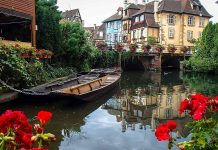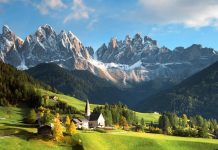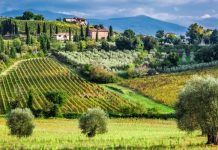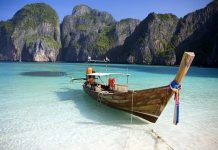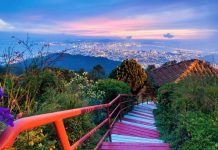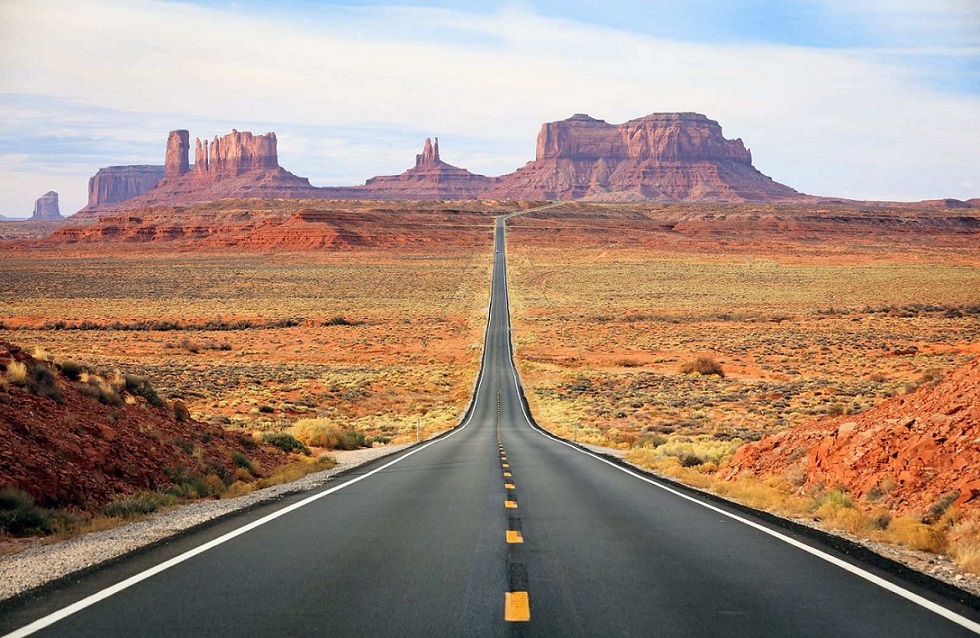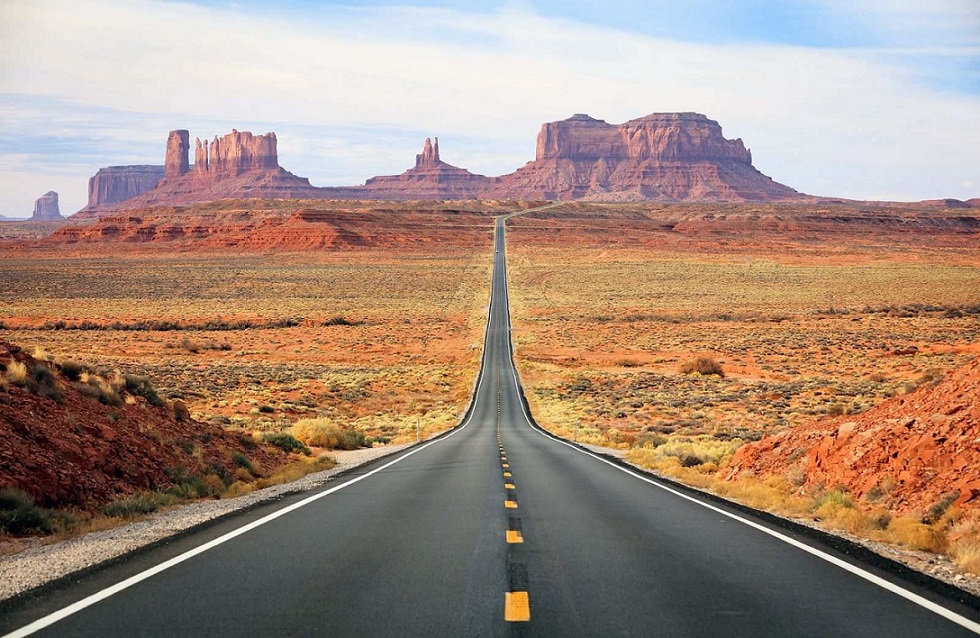
Yellowstone National Park: Geysers, Bisons & Untamed Wilderness
Nestled primarily in the northwestern corner of Wyoming, with portions extending into Montana and Idaho, Yellowstone National Park is a crown jewel of America’s national park system. Established in 1872 as the world’s first national park, Yellowstone is a breathtaking expanse of geothermal wonders, abundant wildlife, and pristine wilderness. From erupting geysers to roaming bison herds, this park offers an unparalleled adventure into nature’s raw beauty.
The Geothermal Marvels of Yellowstone
Yellowstone sits atop one of the world’s largest active supervolcanoes, fueling its extraordinary geothermal features. The park boasts over 10,000 hydrothermal sites, including geysers, hot springs, mud pots, and fumaroles.
Old Faithful: The Iconic Geyser
No visit to Yellowstone is complete without witnessing Old Faithful, the park’s most famous geyser. True to its name, it erupts approximately every 90 minutes, shooting boiling water up to 185 feet (56 meters) into the air. The nearby Old Faithful Inn, a historic lodge built in 1903, offers a perfect vantage point to admire this natural spectacle.
Grand Prismatic Spring: A Rainbow of Steam
The Grand Prismatic Spring in the Midway Geyser Basin is the largest hot spring in the U.S. and one of Yellowstone’s most photographed attractions. Its vivid blue, green, yellow, and orange hues are caused by heat-loving bacteria thriving in the mineral-rich waters. For the best view, hike the Grand Prismatic Overlook Trail to see the spring from above.
Mammoth Hot Springs: Terraces of Stone
Located near the park’s north entrance, Mammoth Hot Springs features stunning travertine terraces formed by mineral deposits. The ever-changing formations, such as Minerva Terrace and Liberty Cap, create an otherworldly landscape.
Wildlife Encounters: Bison, Wolves & More
Yellowstone is one of the best places in North America to observe wildlife in its natural habitat. The park is home to 67 species of mammals, including some of the continent’s most iconic animals.
American Bison: The Kings of Yellowstone
Yellowstone is the only place in the U.S. where bison have lived continuously since prehistoric times. These massive creatures, weighing up to 2,000 pounds (900 kg), can often be seen grazing in Lamar Valley or crossing roads in slow-moving herds. Remember to keep a safe distance (at least 25 yards)—bison are wild and can be unpredictable.
Gray Wolves: A Conservation Success Story
Reintroduced in 1995 after near-extinction, gray wolves now thrive in Yellowstone. The best place to spot them is in Lamar Valley, often called “America’s Serengeti.” Dawn and dusk are ideal times for wolf sightings.
Other Wildlife Highlights
- Grizzly and black bears – Often seen foraging in meadows or near rivers.
- Elk – Large herds gather around Mammoth Hot Springs and the Madison River.
- Pronghorn antelope – The fastest land animal in North America, commonly found in open grasslands.
- Bald eagles & ospreys – Soaring above rivers and lakes.
Untamed Wilderness: Hiking, Waterfalls & Scenic Drives
Beyond geysers and wildlife, Yellowstone’s vast wilderness offers endless exploration opportunities.
Grand Canyon of the Yellowstone
This dramatic canyon, carved by the Yellowstone River, features two breathtaking waterfalls:
- Upper Falls (109 feet / 33 meters)
- Lower Falls (308 feet / 94 meters), nearly twice as tall as Niagara Falls.
Hike the Brink of the Lower Falls Trail for a thrilling close-up view.
Yellowstone Lake: A High-Altitude Wonder
At 7,733 feet (2,357 meters), Yellowstone Lake is North America’s largest high-elevation lake. Visitors can enjoy kayaking, fishing, or scenic boat tours while admiring the surrounding mountains.
Scenic Drives & Overlooks
- Lamar Valley – Best for wildlife watching at sunrise.
- Hayden Valley – Another prime spot for bison and grizzly sightings.
- Firehole Canyon Drive – A short but stunning route with a cascading waterfall.
Best Times to Visit & Travel Tips
- Summer (June-August) – Warm weather, but crowded. Book lodges months in advance.
- Spring & Fall – Fewer crowds, active wildlife, but unpredictable weather.
- Winter – Snow-covered landscapes, steaming geysers, and snowmobile tours (limited access).
Essential Tips for Visitors
✔ Stay on boardwalks near geothermal features—the ground can be dangerously thin.
✔ Carry bear spray when hiking in backcountry areas.
✔ Respect wildlife—never approach or feed animals.
✔ Check for road closures and geyser eruption predictions at visitor centers.
Conclusion: A Land Like No Other
Yellowstone National Park is a mesmerizing blend of geothermal wonders, untamed wildlife, and rugged wilderness. Whether you’re watching Old Faithful erupt, photographing a bison herd at sunset, or hiking through alpine meadows, Yellowstone offers an unforgettable journey into the heart of nature.
Plan your adventure today—and prepare to be awed by America’s greatest wilderness treasure!



